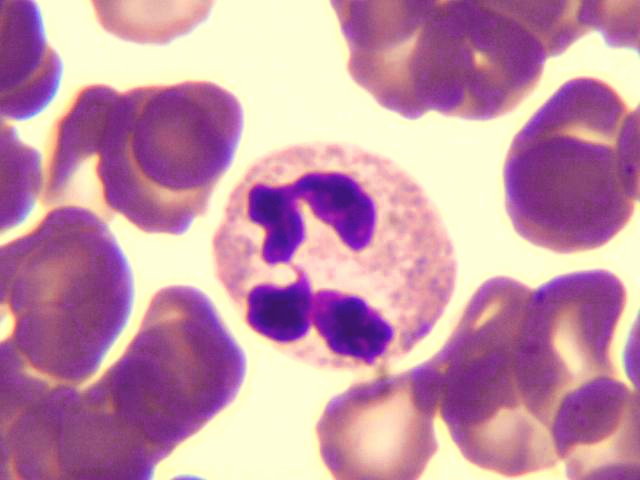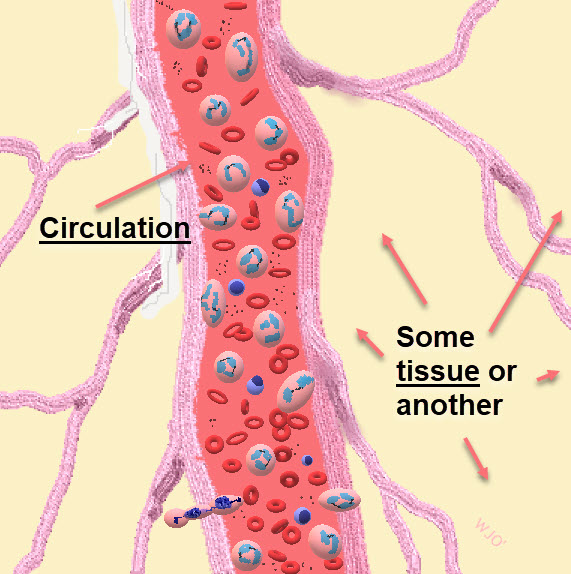Neutrophil Articles: A Table of Contents
StudyLTCOVID.com
Thanks for visiting!
To translate this page, select your
language from the dropdown menu below:
The six articles linked to below, relate to work with various aspects of neutrophil study, in those with "long-term" COVID-19 (LTC). They intend to introduce and present results of that work, and as developed throughout this site.
Some may find these, if not challenging reading, simply lengthy.
So to help with that possible impediment to extracting all that they have to offer, here is an interactive summary of their contents. This offers links to each article, and a résumé of the contents of each.
Here is a List of Abbreviations in what follows:
LTC - Participants with “long-term” COVID-19
NC - “normal” controls. Nothing to suggest acute or chronic SARS-CoV-2 infection nor any related symptoms
PBM - photobiomodulation. (an intervention with light fully developed on this site).
MS - multiple sclerosis
The goal here is to help present these White Blood Cells as more diverse in function, than simply gobbling up bacteria. The selected articles should help expand one's knowledge about neutrophils and their function in human health and illness. I think that for those with LTC, this is quite pertinent. That view is not too surprising, since I'm the one who did the research linked to below.
These results imply that measuring neutrophil size is doable, and provides results so obtained for LTC subjects. In that group, cell size at entry into the study, is markedly below that of NC subjects. Effects of brief exercise and PBM are presented in detail. PBM in LTC increases cell size, normalizing it. Exercise in LTC subjects, increases neutrophil cell size. Both these results are different from those in the NC group, and statistically distinct. The area of the body “targeted” for the PBM, and results obtained that relate to that variable, are also presented.
Morphology in Neutrophils - Brief Intro
The various components of “shape” are explained. Cell membrane shapes as “spheroidal,” “ovoidal,” and “ellipsoidal” are explained. The importance of including and emphasizing an image of differences related to location (intravascular, endovascular, or in the tissues) is emphasized, when considering potential differences in results.
Neutrophil Cell Membrane SHAPE Observations
Another detailed comparison of neutrophils from LTC and NC subjects. Descriptions of "resting" or "on call," versus “active” cell mebrane forms are emphasized. Differences in cell membrane forms are identified Assumptions about importance of these differences are offered. Results and comparisons are presented to show that PBM in participants with LTC, normalizes cell membrane shape differences, as it did with size differences. Supportive statistical results are included. That transition in shape from "resting" to "active," is a process referred to in the literature as "priming" of neutrophils, followed by their "margination.". Some still unanswered questions are summarized.
------- presenting our study's work and results ends here -------
---- below, results from the related literature that are felt to be pertinent ----
Neutrophils & Multiple Sclerosis
|
The participation of neutrophils in the etiology, diagnosis, and treatment of multiple sclerosis (MS) is explored here. This, through links to 37 selected articles. Though this autoimmune disease, MS, is certainly ‘older’ than LTC, an understanding of the role of neutrophils is mostly still in an initiation phase for this illness. The articles express the logic of making this connection and pursuing it with additional research. At present, expressed positive findings have real, if newly discovered, importance. Many links to our work here with LTC should also come to mind. |
|
An exploration of the literature on this well-established anti-inflammatory plant-based alkaloid medication, and it’s ties to LTC and use in certain settings. While its use can be characterized as potentially beneficial and low risk, its use is not risk-free: As with almost all medications. Here, links to 47 articles may offer new and useful information. |
Neutrophils - Conclusions or New Directions.
When pouring over our results here, gets to be a bit too much, this may help.


